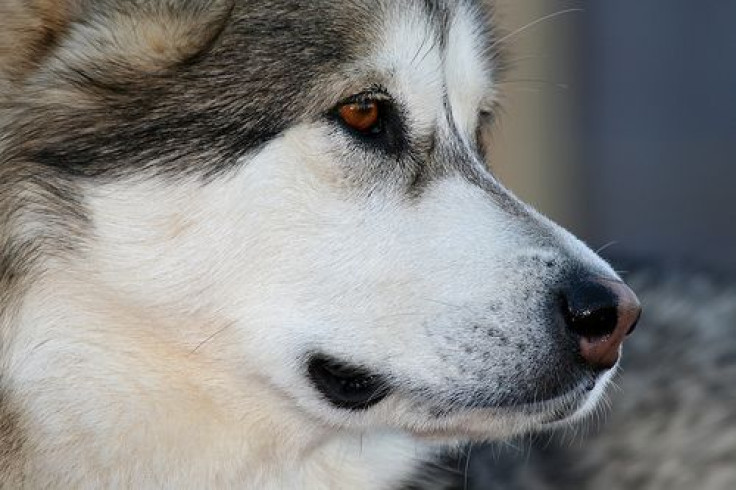World's Oldest Cancer: 11,000-Year-Old Dog Cancer May Offer Clues To How Disease Spreads Between People

Scientists have sequenced the genome of the oldest living cancer on the planet — an 11,000-year-old strain of dog cancer that has seen millions of mutations in its lifetime, a new study published in Science reveals.
Because the cancer has lasted so long, researchers behind the project are eager to investigate how the disease managed to escape the original host and then each subsequent host thereafter for more than 10,000 years. They believe it may stem from mating behavior, in which case the team speculates there is much to be gleaned in terms of relating the cancer to that ordinarily found in humans.
"The genome of the transmissible dog cancer will help us to understand the processes that allow cancers to become transmissible," said Professor Sir Mike Stratton, senior author and director of the Wellcome Trust Sanger Institute, in a statement. "Although transmissible cancers are very rare, we should be prepared in case such a disease emerged in humans or other animals. Furthermore, studying the evolution of this ancient cancer can help us to understand factors driving cancer evolution more generally."
Most human cancers carry between 1,000 and 5,000 mutations over their lifetime, at which point they die along with the host. This dog cancer, however, has mutated approximately two million times, according to the “molecular clock” researchers used to trace back the strain’s history. While the clock couldn’t identify the dog’s gender, the genetic variants within the genome did allow researchers to say with some confidence it probably resembled an Alaskan Malamute or husky and was relatively inbred.
In humans, cancers spread through a process known as metastasis. Essentially, cancer cells travel from their original location in the body — tissue, organs, glands — and replicate in more distant satellite locations. This is what makes stopping cancer early so critical: Once the cells have had the chance to replicate away from the host site, removing each individual trace of cancer becomes much harder. It’s also why prognoses become much more grim once the cancer has spread to inaccessible locations — deep brain tissue and lymph nodes, for example.
More mysterious to the present researchers is how the specific type of cancer emerged in the first place. "We do not know why this particular individual gave rise to a transmissible cancer," said Dr. Elizabeth Murchison, first author from the Sanger Institute and the University of Cambridge, in the news release. "But it is fascinating to look back in time and reconstruct the identity of this ancient dog whose genome is still alive today in the cells of the cancer that it spawned."
As the researchers point out, the only other type of cancer that’s easily transmitted between animals is an aggressive facial cancer in Tasmanian devils that is spread by biting. The dogs, however, reportedly transmitted the disease through mating, spreading it around via nomadic groups that routinely kept dogs for their hunting and tracking abilities. Stratton also finds evidence to suggest in the last 500 years the dogs were kept by seafarers during the age of exploration.
Transmissible cancers are still extremely rare in nature. But the team hopes to shed greater light on the disease given their current findings, and the fact that even though it has lasted over 10,000 years, the entire strain began with only a single cell — the same origins as every cancer that has ever infected a human.
"The genome of this remarkable long-lived cancer,” Murchison remarked, “has demonstrated that, given the right conditions, cancers can continue to survive for more than 10,000 years despite the accumulation of millions of mutations.”
Source: Murchison E. Transmissible dog cancer genome reveals the origin and history of an ancient cell lineage. Science. 2014.



























